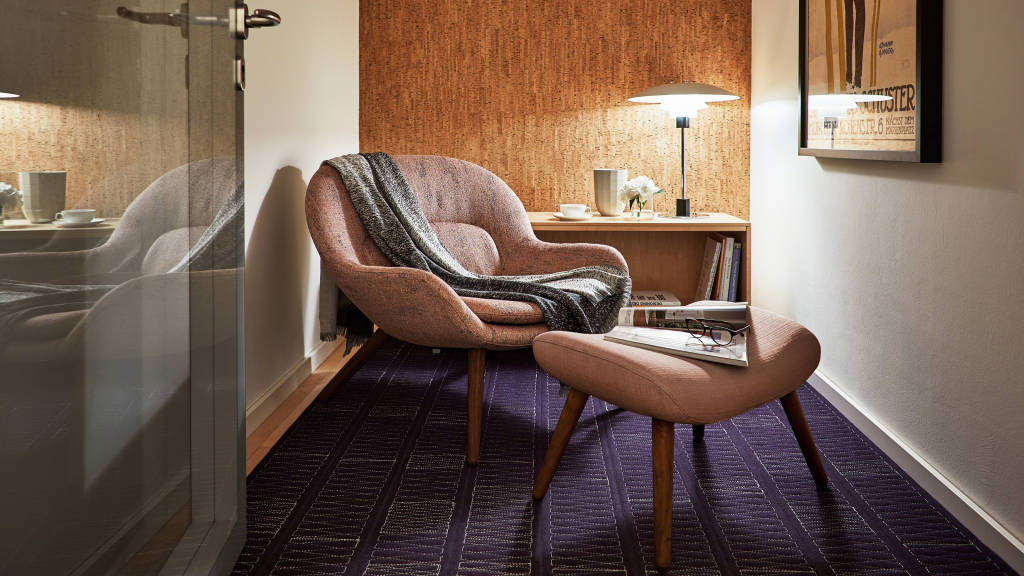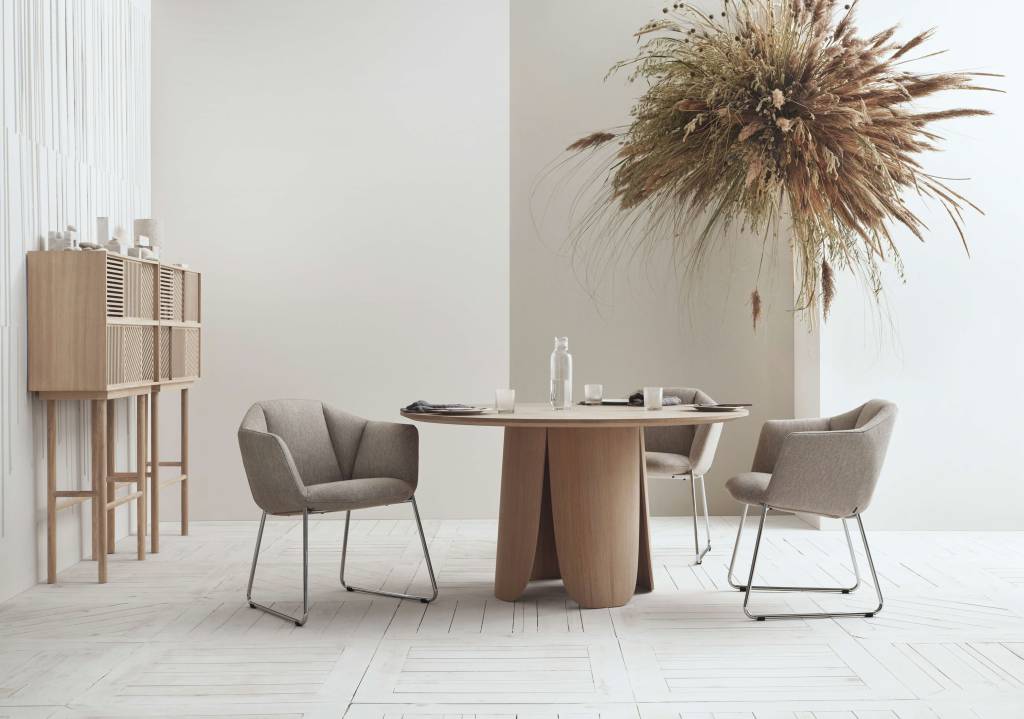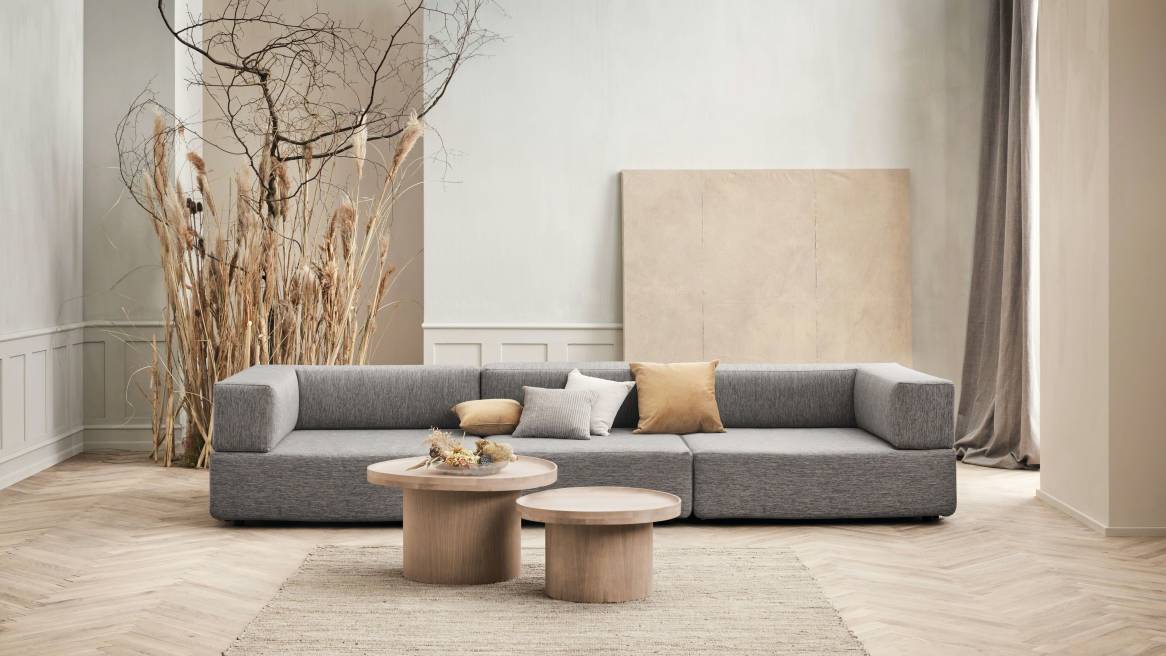Hygge at Work
New relationships are helping to bring the comforting Danish concept of ‘hygge’ to the office.
By Paul Sanders, director, Steelcase EMEA
The Danish concept of hygge is gaining a lot of attention in the mainstream media — first in the UK (Country Living, BBC) and then spreading to the US (The New Yorker, New York Times). This is partly because the rest of the world is fascinated with why Danes seem so happy despite long, unforgiving winters. While the French made famous the concept of “Bon Vivant” (enjoying life, eating well, etc.) and the Italians are credited with the “Slow Movement” (e.g. slow food), it’s the Danes who have really perfected the art of living.
At Steelcase, we recently entered into a new relationship with Bolia, a contemporary Danish furniture maker, to offer broader choice and convenience for designers looking to bring the comforts of home and the concept of hygge to the office. With a 105-year history in work, workers and the workplace, we’re able to bring our expertise in the work environment together with Bolia which uses its Nordic heritage to create atmospheres built on warmth with bold and luxurious materials.
What Is Hygge?
For those unfamiliar with hygge, there is no easy way to translate it. In fact, translator ToveMaren Stakkestad has written, “Hygge was never meant to be translated. It was meant to be felt.” Nevertheless, I found this interpretation from hyggehouse.com useful and several of my Danish friends indicated it encapsulates the feeling well.
Hygge is a Danish word used to acknowledge a special feeling or moment. It can be alone or with friends, at home or out, ordinary or extraordinary, but it is always cozy, charming or special. Hygge literally only requires consciousness, a certain slowness, and the ability to not just be present — but recognize and enjoy the present.

The word “hygge” is derived from the Norwegian word for “wellbeing.” There are similar concepts in other cultures. While at Oktoberfest in Bavaria, I experienced the feeling of gemütlichkeit which has a close meaning in German. The most similar Dutch concept is gezelligheid. The central themes for all of these, regardless of origin, is a feeling of wellbeing, comfort or coziness, and often, a sense of belonging and community.
Why Does Hygge Matter?
There’s mounting evidence that the Danish way of life benefits people. The 2016 World Happiness Report commissioned by the United Nations ranked Danes as the happiest nation on earth. There are, of course, many reasons for this including a healthy economy, stable and near full employment and one of the best education systems in the world. The quality of life in Denmark’s cities makes a huge impact as well. Mercer’s Quality of Living rankings placed Copenhagen ninth in the world for liveability. Denmark’s second major city Aarhus, which hosts Bolia’s headquarters, has been recognized as the world’s most mindful city by the World Economic Forum.
How Does Hygge Connect to the Workplace?
You may be asking, what does all this have to do with designing workplaces people will love? The design of the physical space, whether it’s the living room in your home or the enclave in your office, is crucial to fostering this sense of comfort and wellbeing. In today’s workplace, people are seeking inspiring spaces that make them want to come to work. Organizations are focusing on the holistic wellbeing of their people— supporting how people feel emotionally and physically and how they work to solve problems.
Scandinavian designers are famous for helping families around the world create these comforting places in their homes. Now, Steelcase and Bolia are making it easier for organizations to create great places that blur the lines between work and home where people can unleash their best thinking.

How Hygge Supports Wellbeing
Steelcase research has identified many of today’s workplaces are not set up to support employee wellbeing (see Boosting Workplace Wellbeing) and may be unintentionally impeding collaboration (see How the workplace can improve collaboration) and innovation (see How Workspace Design Fosters Innovation).
Providing more informal, comfortable places where employees can work, meet and socialize can help. These spaces promote movement as well as a variety of different postures (standing, lounging, perching) supporting physical wellbeing. These relaxing, cozy spaces support emotional and cognitive wellbeing by giving people places to concentrate without distractions or rejuvenate.
How Hygge Supports Collaboration
Many large global organizations are asking people to leave home offices and come back to the workplace. They know that collaboration can improve creativity and speed up innovation. But, if we bring people back to the same traditional environment with closed offices and high partitions, how can we expect a more collaborative culture?
Providing inspiring and comfortable spaces away from traditional workstations encourages more informal collaboration, builds a closer-knit community and can improve productivity. These planned or unplanned moments help employees know and trust one another — a critical foundation for working together effectively. Informal spaces can also be used as a tool to help re-orientate corporate culture because we know place shapes behavior and behavior over time is culture. All this can lead to greater employee engagement which we know has an impact on the bottom line (see Engagement and the Global Workplace).
As we begin to rethink our work environments, maybe we can take some lessons from the Danish way of life. We can apply them in the context of workplace design to increase smiles around the office and improve employee wellbeing. Steelcase and Bolia are proud to bring a little hygge to the office. Steelcase is offering a curated collection of Bolia designs through our Steelcase network of dealers in Europe, the Middle East and Africa. Find out more about our collaboration in Partners and Bolia.


